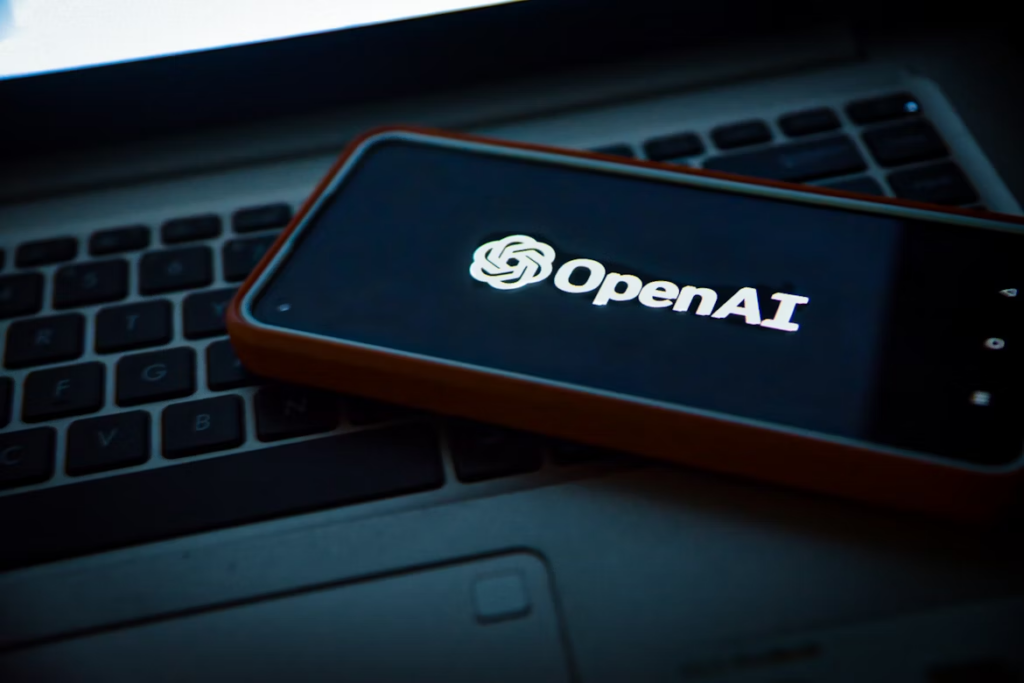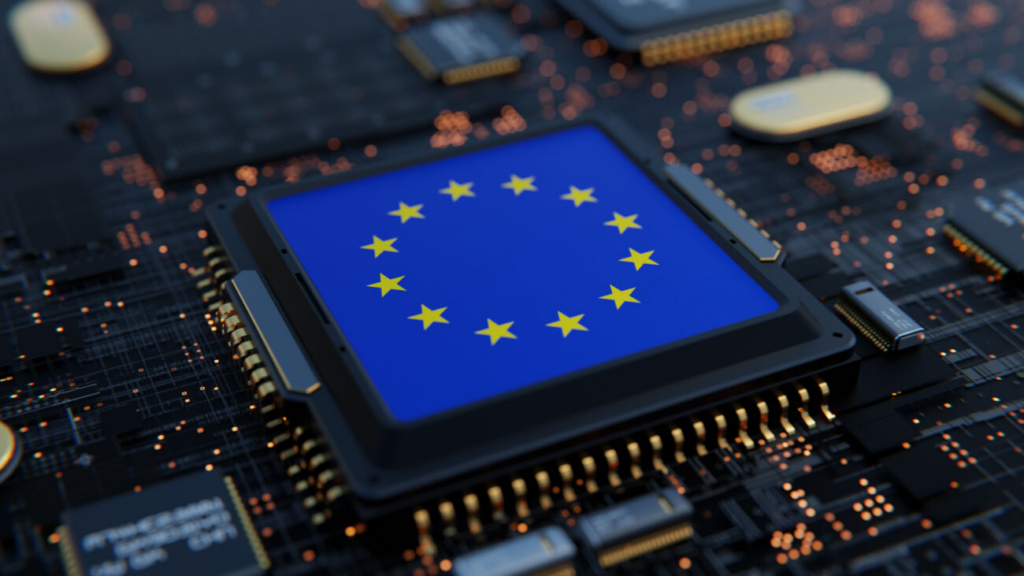March 28, 2025
The integration of OpenAI’s DALL-E 3 with ChatGPT is establishing a new paradigm in the AI image generation market. This innovative integration significantly enhances user experience while facing the complex challenge of protecting creators’ rights. This article explores in depth the usage limitations, operational mechanisms, safety features, and copyright issues related to this technology.

Usage Limitations and Accessibility: To More People, With Reasonable Restrictions
While providing DALL-E 3 image generation capabilities to ChatGPT users, OpenAI has implemented differentiated usage limits based on subscription types to ensure service stability and fair resource distribution.
Free users can generate up to 2 images per day, lowering the entry barrier while providing a basic experience. Meanwhile, ChatGPT Plus subscribers are allocated a monthly quota of 100 free images with a maximum of 50 generations per 3-hour period. When exceeding the monthly free limit, a reasonable fee structure charges an additional $0.10 per image.
“OpenAI’s approach can be seen as an attempt to balance the democratization of AI technology with server load management,” explains Professor Min-soo Kim, an AI expert. “Particularly noteworthy is granting access rights to free users, albeit limited, which is significant in terms of technology democratization.”
Innovative Operational Mechanism: Seamless Transition from Natural Language to Images
The integration of DALL-E 3 and ChatGPT has fundamentally transformed the image generation experience. The most notable feature is the simplification of the prompt generation and optimization process. When a user enters a simple idea or description, ChatGPT automatically converts it into a detailed and optimized prompt suitable for DALL-E 3. This allows for high-quality image generation without complex prompt engineering techniques.
Additionally, this integration has significantly reduced language barriers by including multilingual support. It can process prompts entered in various languages, including Korean, increasing accessibility for users worldwide.
Generated images can be specified in various aspect ratios, and text addition functionality is also provided. In particular, text can be included in images using formats like “Text ‘phrase'”, making it practical for various applications.
Digital content creator Ji-young Lee mentioned, “Previously, it took dozens of minutes just to write prompts, but now I can get the desired images through natural conversation, greatly improving work efficiency.”
Enhanced Safety Mechanisms: Implementing Responsible AI
DALL-E 3 implements various safety mechanisms to provide a secure image generation environment for users and society. Enhanced safety filters prevent the creation of violent or harmful content, ensuring safe images for users.
Mechanisms to minimize algorithmic bias are also noteworthy. They focus on fairly representing diverse races, genders, and cultural backgrounds, and preventing stereotypes or discrimination against specific groups.
Additionally, measures have been established for copyright and privacy protection, allowing artists to selectively decide whether their works are used for AI learning. This is an important step in respecting creators’ rights.
“Ethical considerations must evolve alongside the advancement of AI technology,” says Dr. Jung-hoon Park, an AI ethics expert. “OpenAI’s safety mechanisms are a meaningful attempt to minimize the negative impacts that technology can cause.”
The Challenge of Copyright Protection: At the Boundary Between Technology and Law
The most contentious aspect of the DALL-E 3 and ChatGPT integration is copyright-related issues. This system attempts a multi-layered approach to protect creators’ rights through technical restrictions, legal compliance, and enhanced user responsibility.
Technical restriction devices include limiting the generation of images that reproduce specific styles of currently active artists or the appearance of famous individuals, and designing systems to prevent exact replication of copyrighted works in training data. Efforts are also being made to minimize algorithmic bias to respect the diversity of creators.
Legal and policy protection frameworks include granting ownership of images generated by DALL-E 3 to users and justifying the use of training data through the principle of fair use. However, different legal systems by region increase complexity.
Emphasizing user responsibility is particularly important. The system does not verify in advance whether the generated results infringe on others’ copyrights, so users must ultimately verify the legality of their creations. In some regions, such as the UK, commercial use of ChatGPT-generated content is restricted, and legal action is possible in case of violations.
“The copyright issue of AI-generated works is at the boundary of the current legal framework,” explains copyright law expert Yoon-seok Choi. “In most countries, AI-generated works are not subject to copyright protection, but partial protection possibilities are being discussed in cases where humans have meaningfully intervened in the creative process.”
Training Data and Copyright Controversy: Unresolved Issues
The use of copyrighted materials in DALL-E 3’s learning process includes complex legal and ethical debates. OpenAI tries to utilize publicly accessible web data based on the principle of fair use. Mechanisms are also applied to filter out pornography, trademarked logos, or clearly copyrighted content during the learning process.
However, the issue of generated images and copyright remains controversial. Although AI is designed not to exactly replicate existing works, if the similarity to the original is high, it may be considered copyright infringement. Conversely, if the generated image is creatively transformed differently from the original work, the possibility of avoiding copyright infringement increases.
Despite efforts to resolve issues through collaboration with copyright owners and emphasizing user responsibility, legal debates related to AI training data are expected to continue. Particularly in countries like the United States, which maintains a strong copyright protection system, greater legal clarity in this field is required.
“The copyright issue of AI training data will be an important test in finding a balance between technological development and creators’ rights,” projects Dr. So-young Jung, a digital content policy researcher.
Outlook and Challenges: Finding a Balance for the Future
The integration of DALL-E 3 and ChatGPT has greatly enhanced the accessibility and usability of AI image generation technology. Intuitive interfaces through natural language prompts, various customization options, and enhanced safety mechanisms have revolutionized the user experience.
However, copyright issues, especially the legal status of training data and generated content, remain unclear. In the reality where the pace of technological development outstrips the development of legal and ethical frameworks, cooperation among various stakeholders is needed to reduce this gap.
“Finding a balance between AI technology and protecting creators’ rights is not simply a technical issue but a challenge that requires social consensus,” emphasizes Professor Ji-won Han, an AI policy expert. “This is a long-term challenge that technology companies, legal experts, policy makers, and the creator community must solve together.”
The integration of DALL-E 3 and ChatGPT is an important experiment in finding a balance between the popularization of AI image generation technology and the protection of creators’ rights. The success or failure of this experiment will depend not only on technological development but also on the development of corresponding legal and ethical frameworks.










